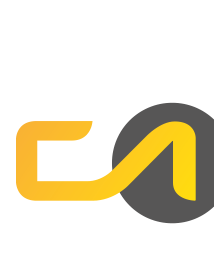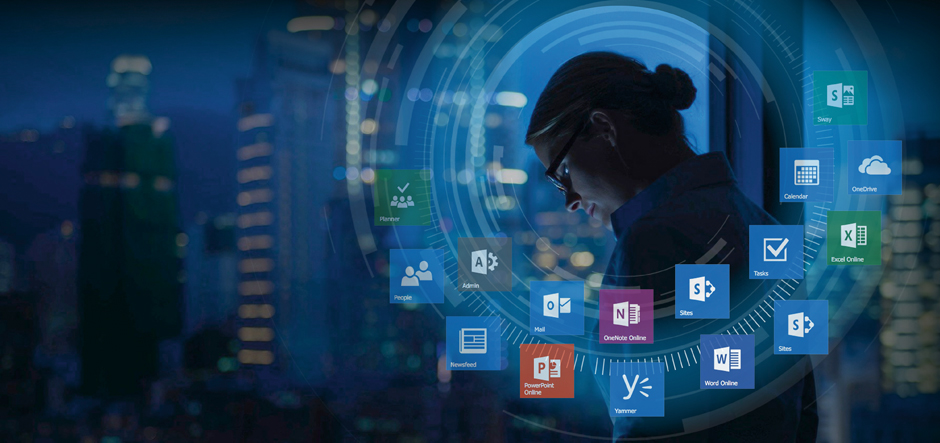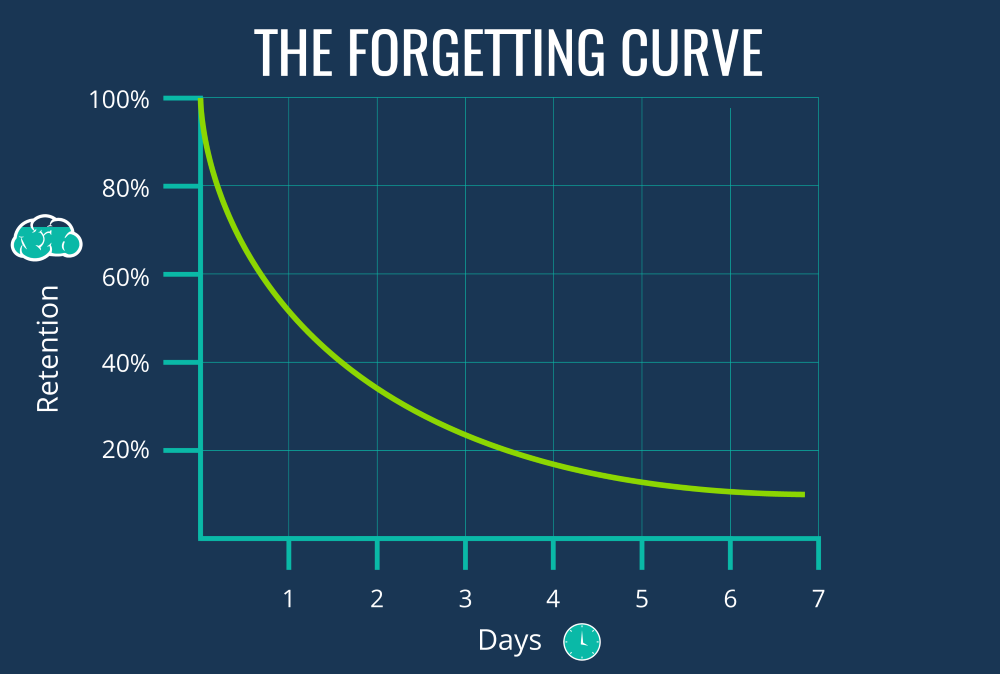
How to successfully drive the adoption of Microsoft Technologies
The Neuroscience behind adoption.

In order to create the successful adoption of Microsoft technologies we will need our people to learn new features, functions and working practices. Understanding how our brains work is the first and important step to creating learning that turns into knowledge and stays with us for the long haul. This then enables us to create structured learning centered on the required Microsoft technologies that engages the user and consigns the required information to long term memory and enables the adoption of Microsoft solutions.
The first thing to realise is that we are biologically designed to forget more than we are to retain. The graph below represents research carried out by Hermann Ebbinghaus, published first in 1885 and backed up by empirical research ever since.

This research represents what we all know to be common sense - if you learn something and no real conscious effort is placed upon the retention or reinforcement of that knowledge it will melt away quickly, rendering the initial time, effort and investment spent learning almost completely wasted.
This is unfortunately the reality for the vast majority of corporate training that is delivered – employees are corralled into companywide training sessions, which they do because the boss has told them they must, they learn about various Microsoft applications, they tick the box to say they have done it and go back to their day job - we’ve all been there!
So why do we forget so readily? We all like to consider ourselves pretty intelligent beasts and yet it would appear we forget so easily. Let’s look briefly at how our brains are wired in relation to learning and storing information.
Information is stored in the brain, utilising networks of cells called neurons. When you learn or think about a particular ‘thing’ the associated neurons become stimulated. In turn these stimulated neurons grow tentacle like structures called dendrites. Dendrites are the conduit by which neurons receive information. If a dendrite gets near another neuron there can be a connection between the dendrite and the axon of another neuron (the axon is used to send information).
The Important thing here is that the connections allow the sharing of information and so the more you think about a ‘thing’ the more associations you will make to other information, building stronger neuro pathways which enable greater and lasting memory storage and recall.
So how does this relate to creating learning plans for Microsoft technologies that enable information to stay with us – well we need to ensure the learner can make an immediate connection between what they are learning and how it relates to them and builds on relatable knowledge.

We are looking for
Change Manager -
UK
Job Title: Adoption and Change Manager
Location: United Kingdom
Job Type: Full-time
About Us:
We are a forward-thinking company dedicated to enhancing our digital presence and improving customer engagement through innovative solutions. We are looking for a dynamic and experienced Adoption and Change Manager to join our team and lead our change management initiatives.